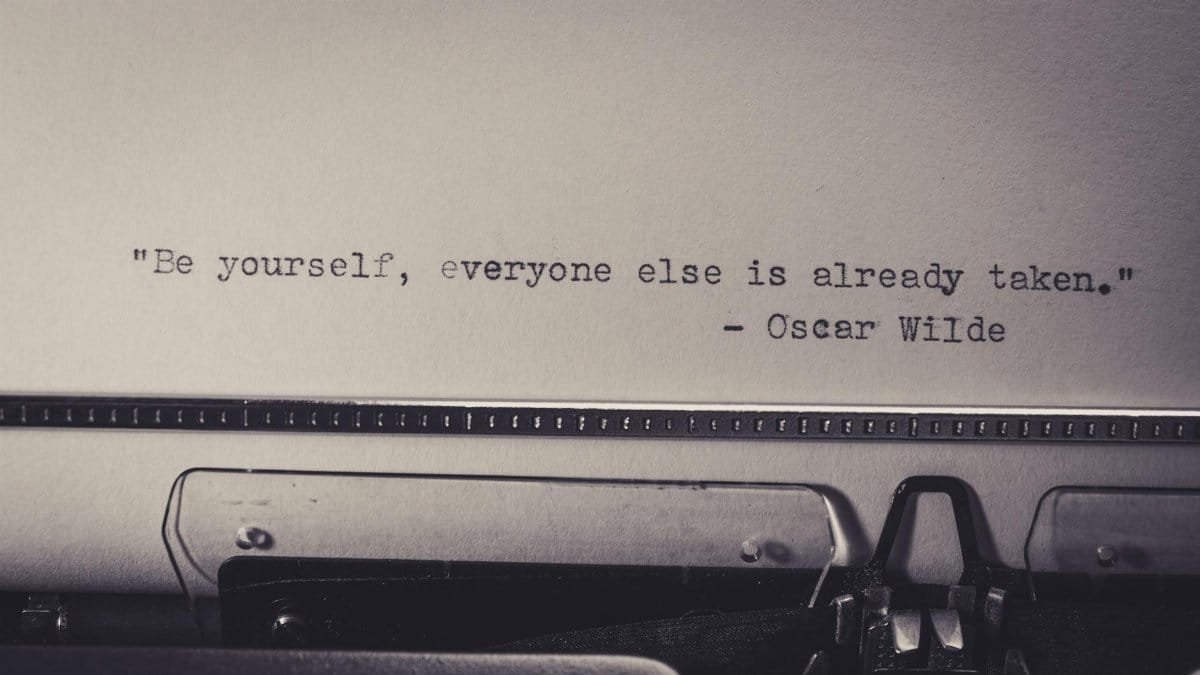In a world of constant self-scrutiny, is presence healing the antidote to our harshest critic—ourselves? New insights reveal that Americans are judging themselves more severely than ever, with stress levels spiking amid digital noise and perfectionism. Presence healing, a practice rooted in mindfulness and spiritual awareness, offers a path to inner peace by fostering self-compassion in the moment. As more people turn to this approach in 2025, experts say it’s transforming how we confront personal flaws without the weight of relentless judgment. But does it really work, or is it just another wellness trend?
The Roots of Self-Judgment

Self-judgment often stems from early experiences and societal pressures. Psychologists note that children internalize criticism from parents or peers, carrying it into adulthood. This creates a cycle where minor mistakes feel like major failures. In the U.S., a 2023 survey by the American Psychological Association found that 60% of adults report high levels of self-criticism linked to anxiety. Presence healing counters this by encouraging awareness of thoughts without attachment, breaking the pattern before it escalates.
How Presence Healing Works

Presence healing involves staying grounded in the now, using techniques like deep breathing or meditation to observe emotions neutrally. Unlike traditional therapy, it emphasizes spiritual connection, drawing from ancient practices adapted for modern life. Practitioners describe it as tuning into an inner “healing presence” that soothes self-doubt. A study from Harvard Medical School highlights mindfulness-based interventions reducing self-judgment by 25% in participants. For those overwhelmed, it’s a simple shift: pause, breathe, and release the inner monologue.
Real-Life Impacts on Daily Stress
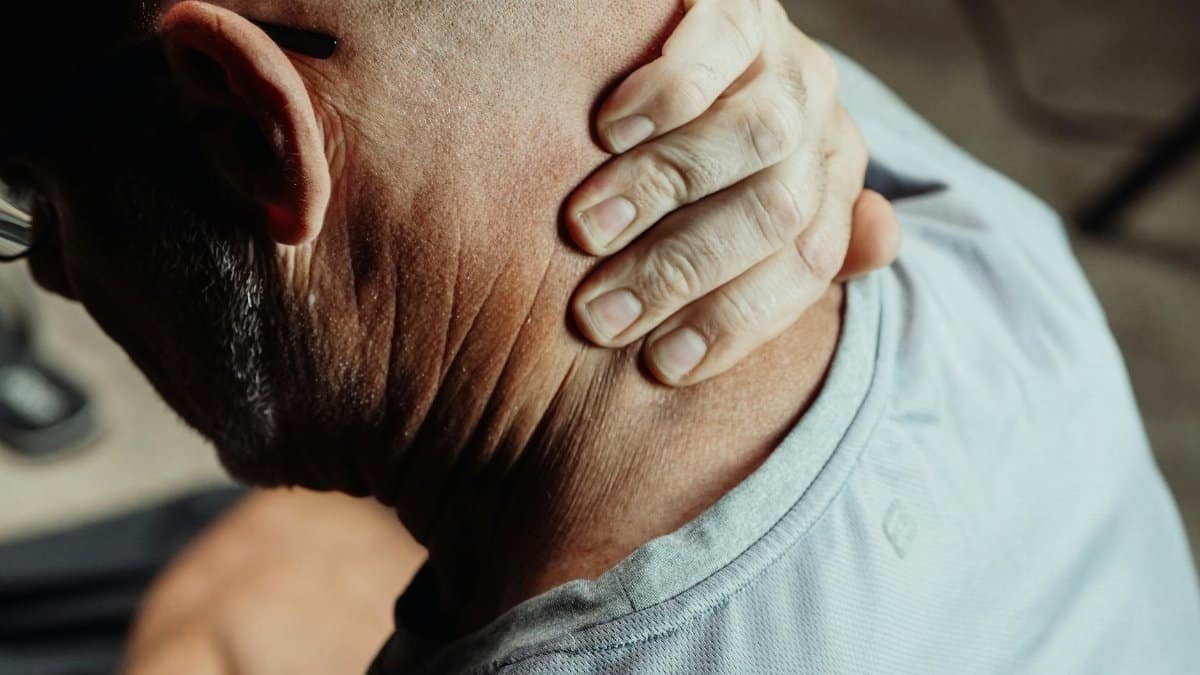
Imagine a busy professional replaying a work error all night. Presence healing teaches redirecting focus to the present, easing insomnia and boosting productivity. In 2025, wellness apps incorporating this method have seen downloads surge by 40%, per industry reports. Users report feeling lighter, as if shedding invisible burdens. One New York executive shared, “It stopped me from being my own worst enemy.” This shift isn’t just personal; it improves relationships by reducing projected frustrations.
Challenges in Adopting the Practice
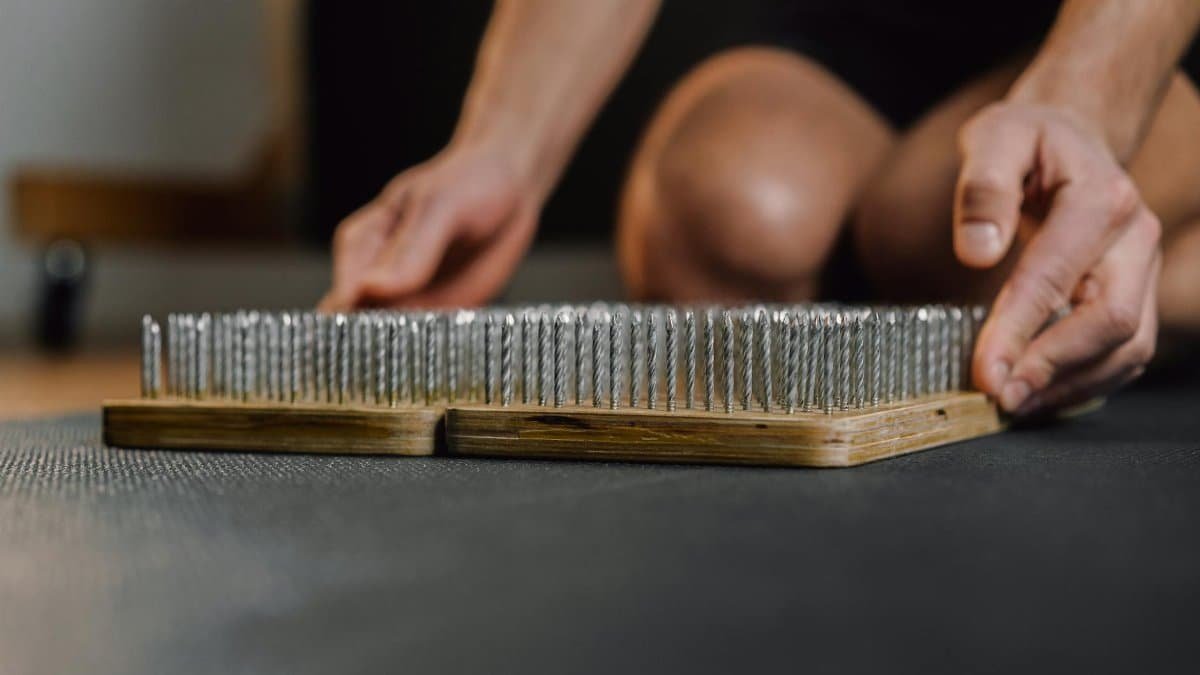
Not everyone finds presence healing easy. Skeptics dismiss it as fluffy spirituality, while beginners struggle with wandering minds. Distractions from social media make staying present tough, especially in fast-paced cities like Los Angeles or Chicago. Experts recommend starting small, with five-minute sessions, to build habit. Overcoming resistance requires patience, as old judgment habits die hard. Yet, persistence pays off, with many experiencing breakthroughs after consistent effort.
Scientific Backing and Studies

Research supports presence healing’s benefits. A 2022 study in the Journal of Clinical Psychology showed mindfulness practices, core to this healing, lower cortisol levels tied to self-criticism. Another from the National Institutes of Health explored how presence-based therapies aid emotional regulation. In the U.S., therapists increasingly integrate it into treatment for depression, with promising results. These findings underscore why it’s gaining traction beyond alternative circles.
Cultural Shifts in Self-Perception
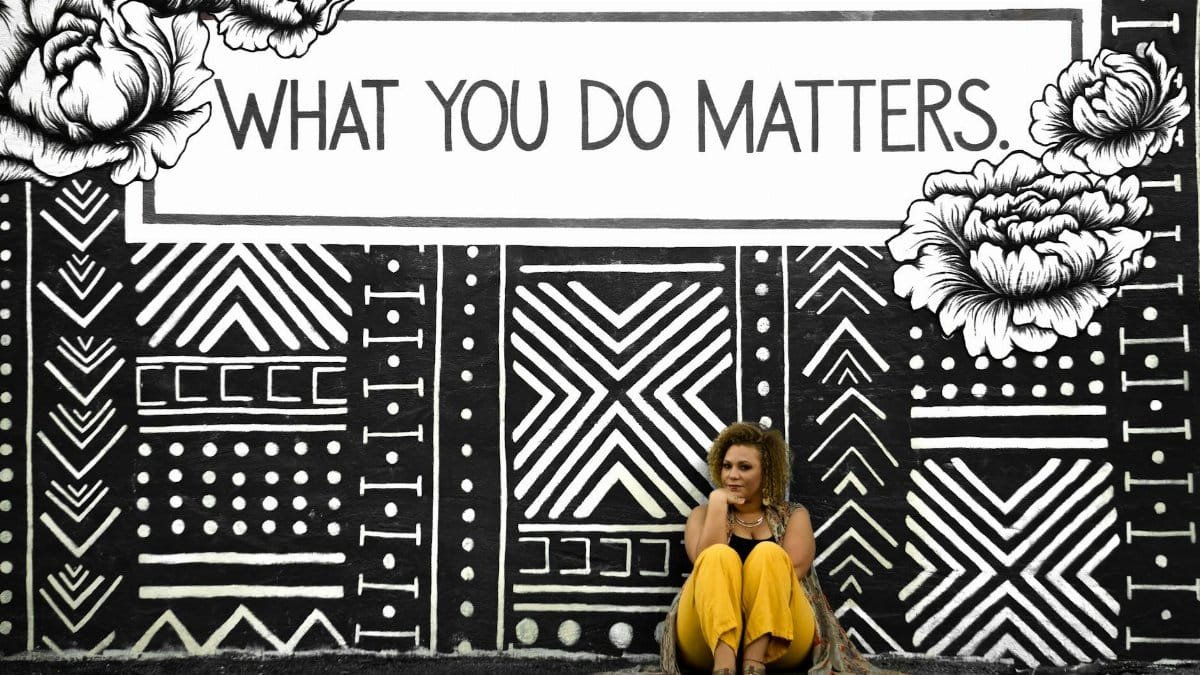
America’s culture of achievement fuels harsh self-judgment, but presence healing is sparking change. Influencers and celebrities promote it on platforms like Instagram, normalizing vulnerability. A Pew Research Center report from 2024 indicates 35% of young adults seek spiritual tools for mental health, up from previous years. This trend reflects a broader move away from hustle culture toward balanced living, where self-kindness becomes the norm rather than the exception.
Practical Steps to Get Started

Begin with awareness: notice when judgment arises, then anchor in the present through senses. Try guided sessions via apps or local classes. Set aside time daily, even if just moments, to practice. Journaling helps track progress, revealing patterns in self-talk. For deeper dives, books like those by Eckhart Tolle offer frameworks. In 2025, community groups in states like California are hosting free workshops, making it accessible to all.
Potential Drawbacks to Consider

While effective, presence healing isn’t a cure-all. Some find it clashes with religious beliefs or feels too introspective. Over-reliance might delay seeking professional help for severe issues like clinical depression. Critics argue it’s oversimplified for complex traumas. Balance it with therapy, as recommended by the American Psychological Association. Approach it as a tool, not a total solution, to avoid disappointment.
Stories from Practitioners
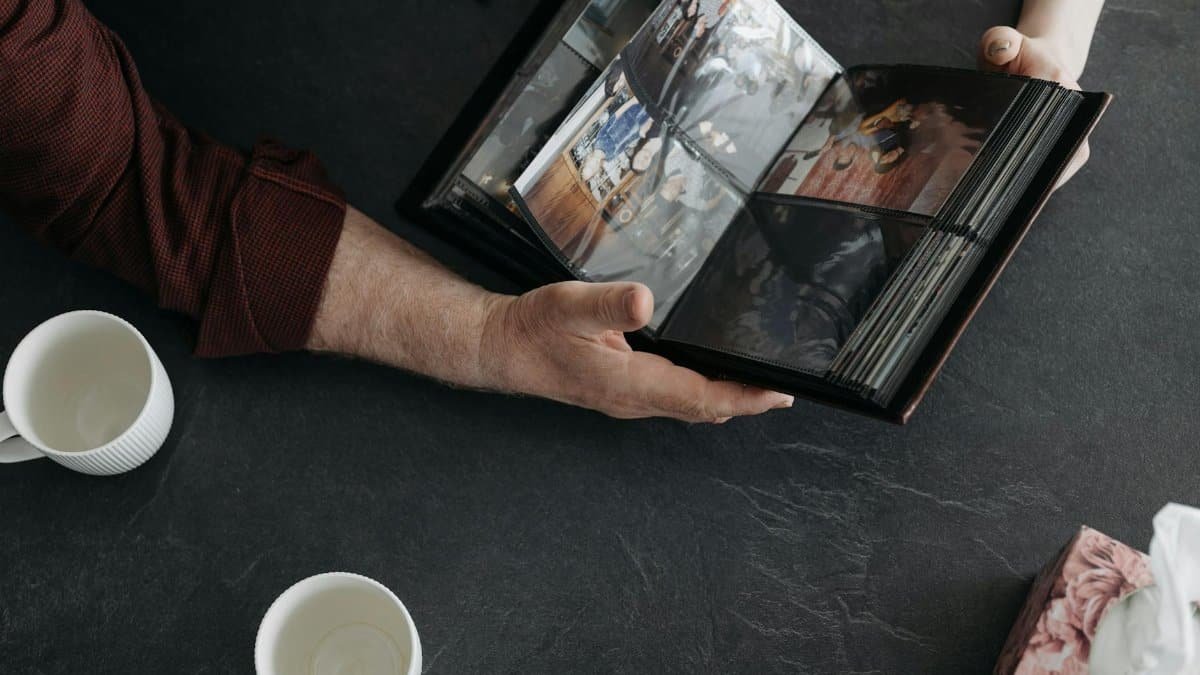
Across the U.S., individuals share transformative tales. A Texas teacher overcame burnout by embracing presence healing, finding joy in small moments. In Chicago, a veteran used it to quiet PTSD-triggered self-blame. These anecdotes, echoed in online forums, highlight its versatility. As one practitioner noted, “It taught me mercy starts within.” Such stories fuel its popularity, proving judgment’s grip can loosen with practice.
Looking Ahead in Wellness Trends
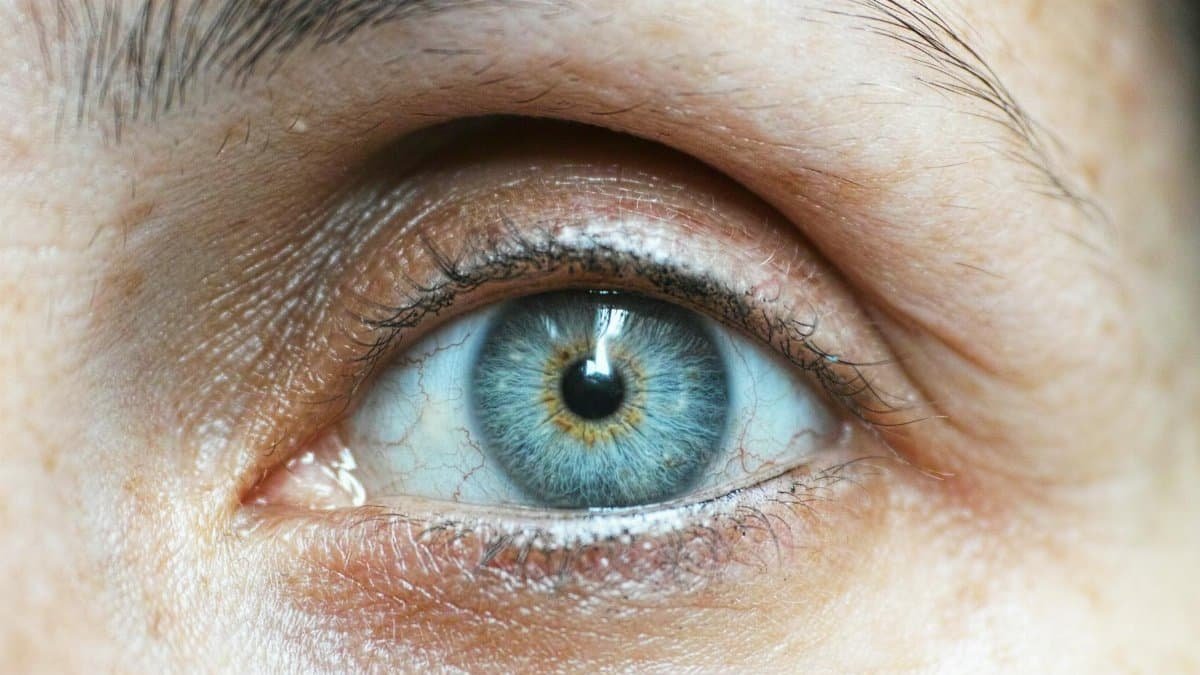
As 2025 unfolds, presence healing aligns with rising demands for mental resilience. Experts predict integration into corporate wellness programs, addressing burnout epidemics. With ongoing research, its role in self-compassion will likely expand. For those tired of self-imposed harshness, it offers hope: peace isn’t about perfection, but presence. This evolution could redefine how Americans navigate inner turmoil, one mindful breath at a time.
